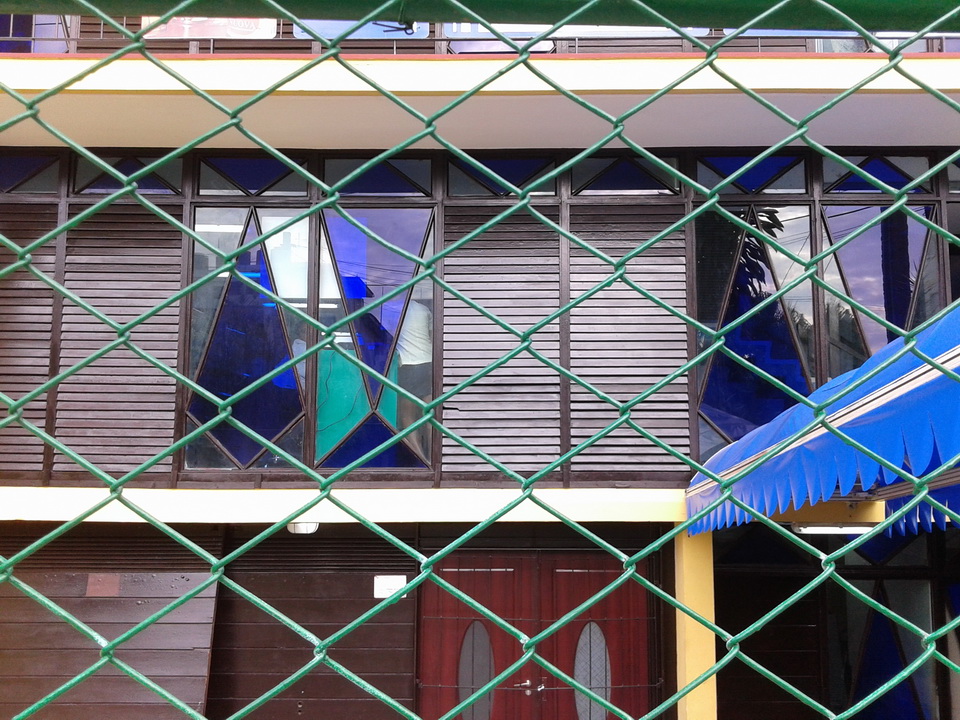In recent years there have been a number of small properties which have been converted into TRD (hard currency) shops, as well as into small Caracol, Panamericana and CIMEX “container” stores and kiosks, all under the same ownership: the State. Given that there are buildings that remain underutilized, one might ask, What’s behind all this? In those old 1950s supermarkets — now badly deteriorated due to lack of maintenance and repair — there are only four or five products currently available through the antiquated and sadly all-too-famous ration book.
Each of these stores has on its payroll a minimum staff of directors, economists, managers, cashiers and janitors even though the selection of merchandise, which is almost identical all these stores, is very limited. When supplies such as toilet paper, cooking oil or detergent — to name just a few — run out in one of them
, there is an equally short supply in the others mainly because imported items such as these are sold in the container stores. Only the supplies of electrical appliances for sale at these stores are relatively stable due to their high prices.
Many citizens complain and wonder aloud why the old supermarkets are not being modernized to consolidate all the timbiriches (tiny “mom-and-pop” kiosks) that have been proliferating in their neighborhoods, especially given their lack of basic requirements. This leaves only one small establishment in any given neighborhood to carry the few products still available through the ration book.
Converting architecturally magnificent houses into tiny shops is also an unfortunate practice. The dramatic reuse and inadequate care to which these buildings are subjected leads to deterioration and subsequent damage. One such example is a building located on 47th Street between Conill and Santa Ana in Nuevo Vedado. Designed by the architect Carlos Ferrer Nadal and built in 1956, it is one of the jewels of modern Cuban architecture.
In my very personal opinion, this is a way of disguising unemployment in a country that produces almost nothing. By underemploying the staff of these small stores, where three employees would essentially be enough to provide a decent level of service, the size of the workforce can be increased.

6 March 2015




